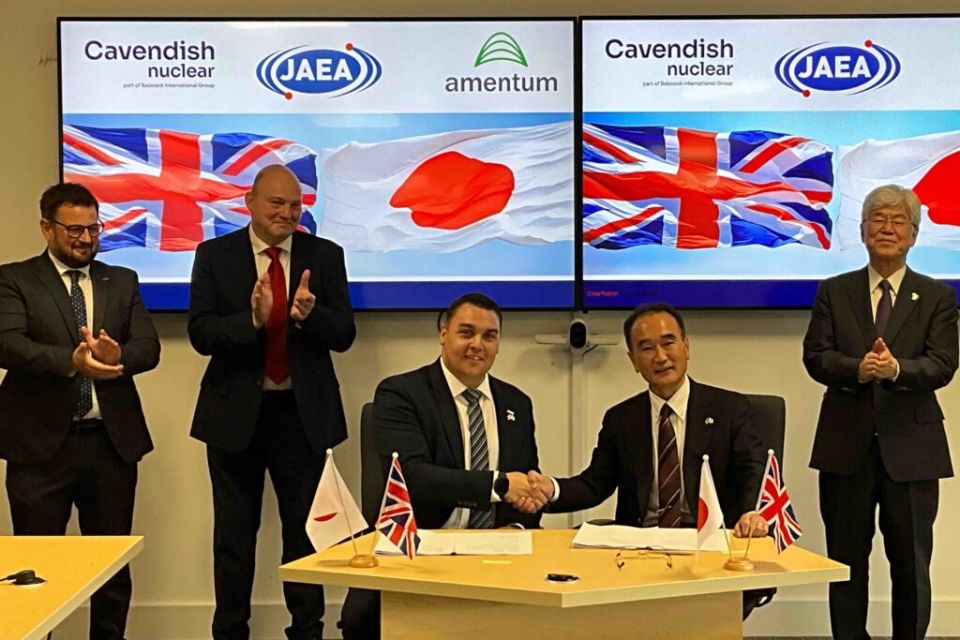Tritium levels of Fukushima’s treated water well below limits, IAEA says
The International Atomic Energy Agency announced on Aug. 7 that its experts have confirmed that the tritium concentration in the latest batch of water to be released from the Fukushima Daiichi nuclear power plant is far below Japan’s operational limit. Tokyo Electric Power Company (TEPCO) began discharging the treated and diluted water that day.



_70610.jpg)

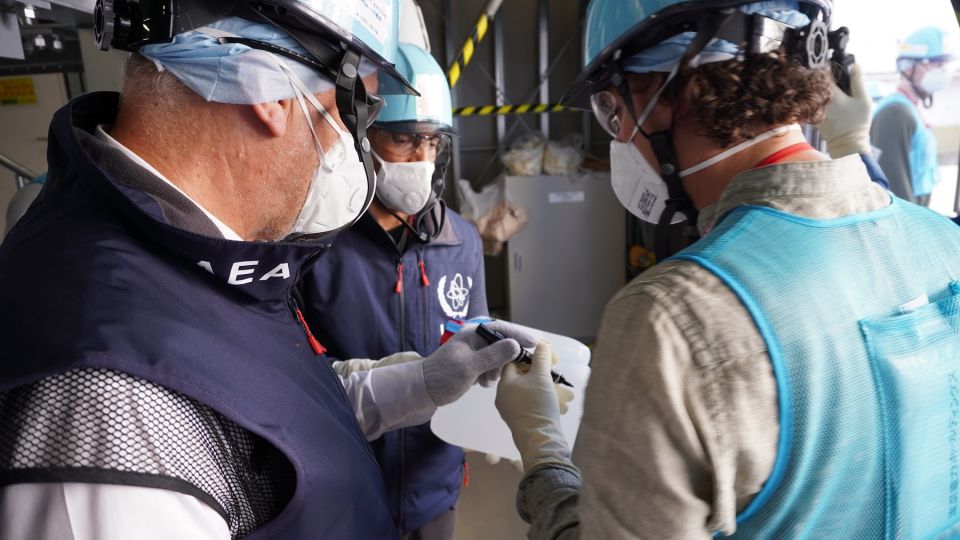

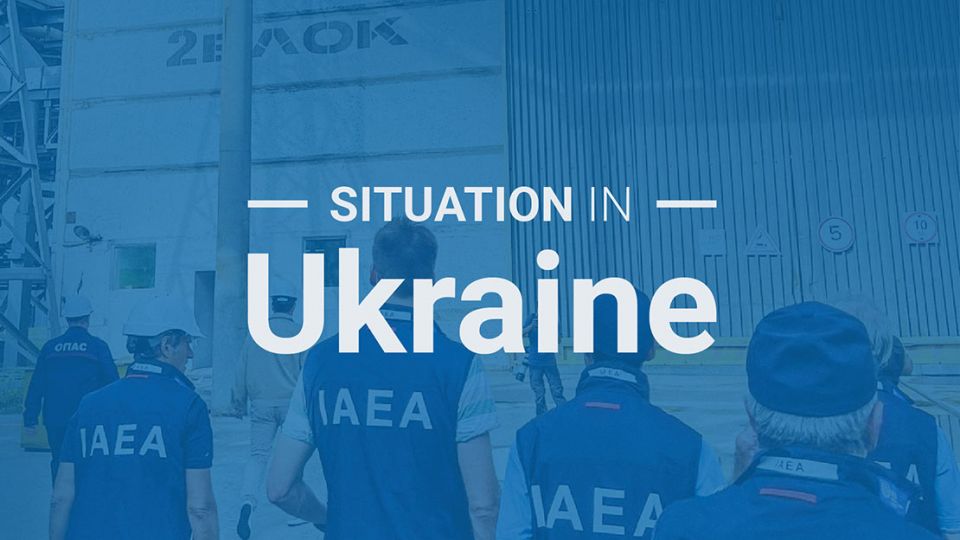
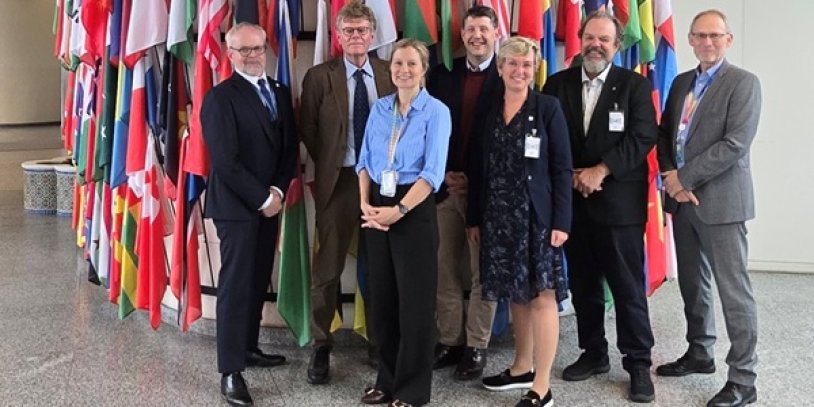
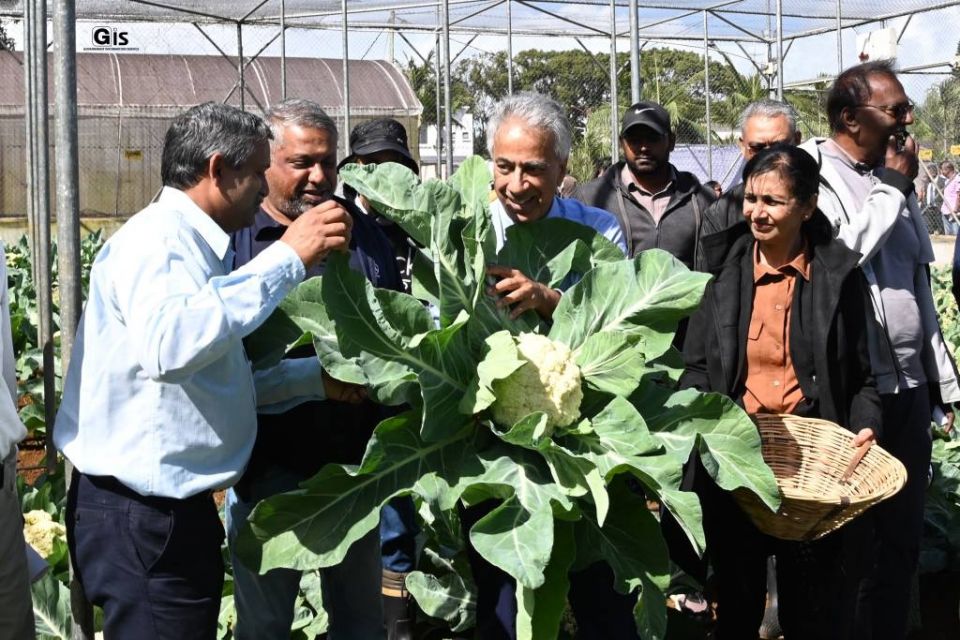.jpg)
